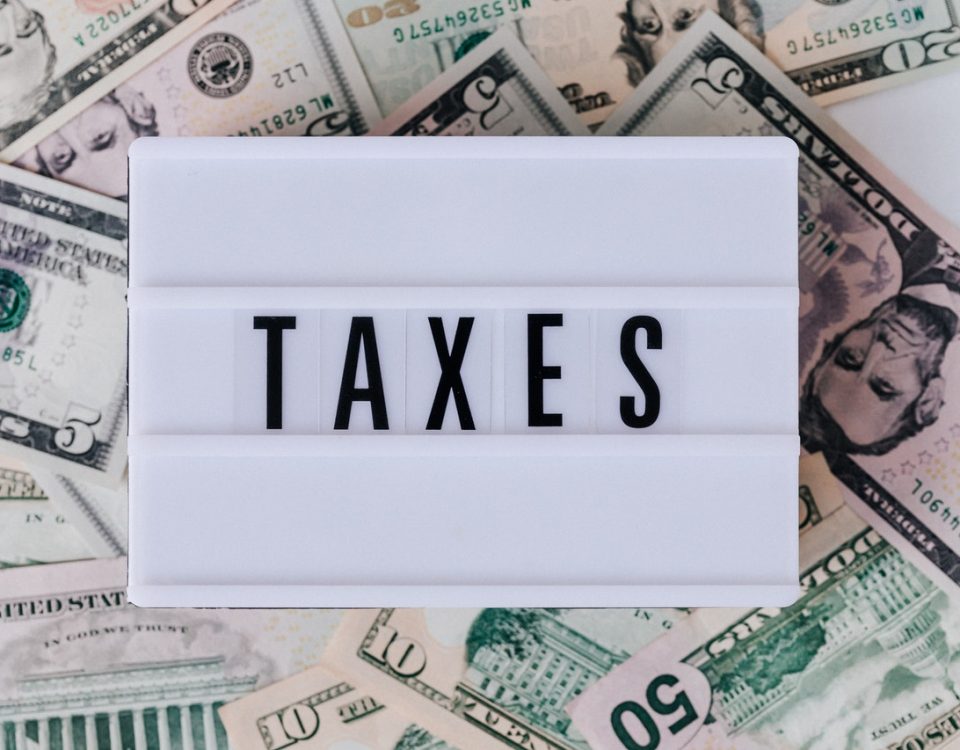Working at Home? Don’t Overlook These Deductions…
August 12, 2020Thinking of Moving to a Lower-Tax State? Tax Angles to Consider …
September 10, 2020During the past month, the Small Business Administration (SBA) issued a new set of frequently asked questions (FAQs) and a new interim final rule, which in combination create the following good news for the Payroll Protection Program (PPP):·
More forgiveness. The $20,833 cap on owner-employee compensation applies to cash compensation only.1 It’s not an overall compensation limit as the SBA had stated in its prior interim guidance.2 Under this new rule, the owner-employee can add retirement benefits on top of the cash compensation, creating a new higher cap.·
Escape owner status. You are not an owner-employee if you have less than a 5 percent ownership stake in a C or an S corporation.3 Therefore, the cap on forgiveness for this newly defined non-owner-employee is not $20,833 but rather $46,154.
The new rules override prior guidance and have significance for PPP loan forgiveness today—and perhaps for obtaining additional loan monies retroactively (if Congress reinstates the PPP program along with a new second round for businesses that suffered a big drop in revenue).
Let’s examine how the owner of an S or a C corporation benefits today and may benefit from future legislation.
S Corporation
Under the new rules, owners of 5 percent or more of the business who are also employees are eligible for loan forgiveness of up to 20.83 percent of their 2019 employee cash compensation (capped at $20,833), with cash compensation defined as it is for all other employees (Box 1 on the W-2).4
For these owner-employees, on top of the $20,833, the S corporation is also eligible for loan forgiveness for·
payments of state and local payroll taxes, and·
employer retirement contributions, capped at 20.83 percent of 2019 employer retirement contributions on behalf of the owner-employee.
The S corporation’s payment for health insurance is not eligible for additional forgiveness for S corporation employees who have a 2 percent or more stake in the business (including for employees who are family members of an owner of 2 percent or more of the business, under the family attribution rules of the tax code),5 because those contributions are included in cash compensation (Box 1 of the W-2).
When completing SBA Form 3508 for loan forgiveness, include the eligible non-cash compensation payments described above on lines 7 and 8 of PPP Schedule A. This makes sure that they escape the $20,833 cap per individual and add to your forgiveness.
Example. John, the sole owner and worker, operates his business as an S corporation. His 2019 W-2 shows $140,000 in Box 1 of his W-2, of which $20,000 is for health insurance. In addition, the S corporation pays state unemployment taxes of $500 on John’s income and contributes $20,000 to his pension plan.
Based on the facts in the example, the corporation is eligible for up to $25,000 of PPP loan forgiveness, as follows:·
$20,833 on John’s salary (the cap), which the corporation pays to John at his regular rate in less than 10 weeks during the covered period;·
$4,167 on John’s retirement ($20,000 x 20.83%); and·
zero on the unemployment taxes because they were paid out in January, before the covered period began.
Advantage. Prior guidance limited forgiveness to $20,833. John’s S corporation gains $4,167 in additional forgiveness thanks to the new FAQs, assuming that the S corporation’s loan amount is $25,000 or more (which is possible).
C Corporation
Under the new rules, owners of 5 percent or more of the business who are also employees are eligible for loan forgiveness up to 20.83 percent of their 2019 employee cash compensation (capped at $20,833), with cash compensation defined as it is for all other employees (box 1 on the W-2).6
For the owner-employees, on top of the $20,833, the C corporation is also eligible for loan forgiveness for·
payments of state and local payroll taxes,·
payments for employee health insurance, and·
employer retirement contributions, capped at 20.83 percent of 2019 employer retirement contributions.
When completing SBA Form 3508 for loan forgiveness, include the eligible non-cash compensation payments described above on lines 6, 7, and 8 of PPP Schedule A. This makes sure that the payments escape the $20,833 cap per individual and add to your forgiveness.
Example. Heidi, the sole owner and worker, operates her business as a C corporation. Her 2019 W-2 shows $140,000 in Box 1 of her W-2. In addition, the C corporation pays state unemployment taxes of $500 on Heidi’s income, pays $22,000 for Heidi’s family insurance, and contributes $23,000 to her pension plan.
Based on the facts in the example, the corporation is eligible for up to $35,778 of PPP loan forgiveness, as follows:·
$20,833 on Heidi’s salary (the cap), which the corporation pays to Heidi at her regular rate in less than 10 weeks during the covered period;·
$10,154 for health insurance paid during the 24-week covered period (24 ÷ 52 x $22,000) (note that the health benefits for the C corporation owner-employee are not capped at 2019 payments);7·
$4,791 on Heidi’s retirement ($23,000 x 20.83 percent); and·
zero on the unemployment taxes because they were paid out in January, before the covered period began.
Advantage. Prior guidance limited forgiveness to $20,833. Heidi’s C corporation gains $14,945 in additional forgiveness, thanks to the new FAQs, assuming the loan amount is $35,778 or more (which is possible).
Proprietorships and Partnerships
The new FAQs did not make changes to how the proprietorship or partnership calculates its loan forgiveness. To examine those rules, see the articles at the links below:·
Government Clarifies PPP Loan Forgiveness for the Self-Employed·
PPP Loan Forgiveness for Partnerships and S and C Corporations
Takeaways
The PPP rules—they keep a-changin’. The owner-employee rules now apply to S and C corporation owners who have a 5 percent or greater ownership interest.
No attribution rules apply for purposes of the 5 percent rule. For purposes of health insurance in an S corporation, however, the attribution rules apply to employees who are related to owner-employees who have more than a 2 percent stake in the business.
The good news in the new guidance is that the corporate retirement contributions on behalf of owner-employees now count for additional forgiveness when the owner-employee has cash compensation greater than $100,000. And with the C corporation, the new guidance allows health insurance for the owner employee.
With new legislation likely to reinstate and perhaps expand the PPP program, it may be possible, once this legislation becomes law, to return to the lender for additional loan money based on the changes you see in this article.





